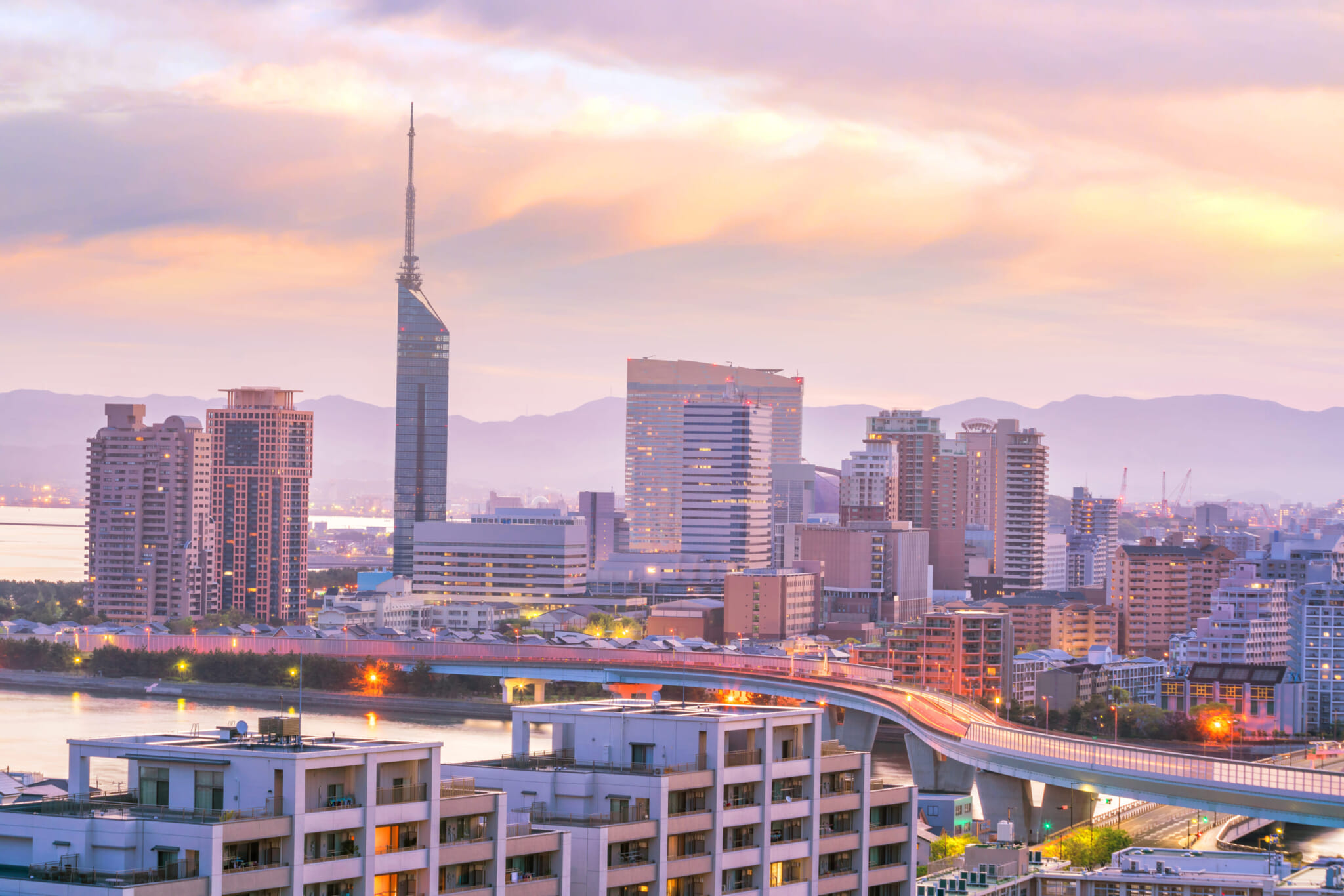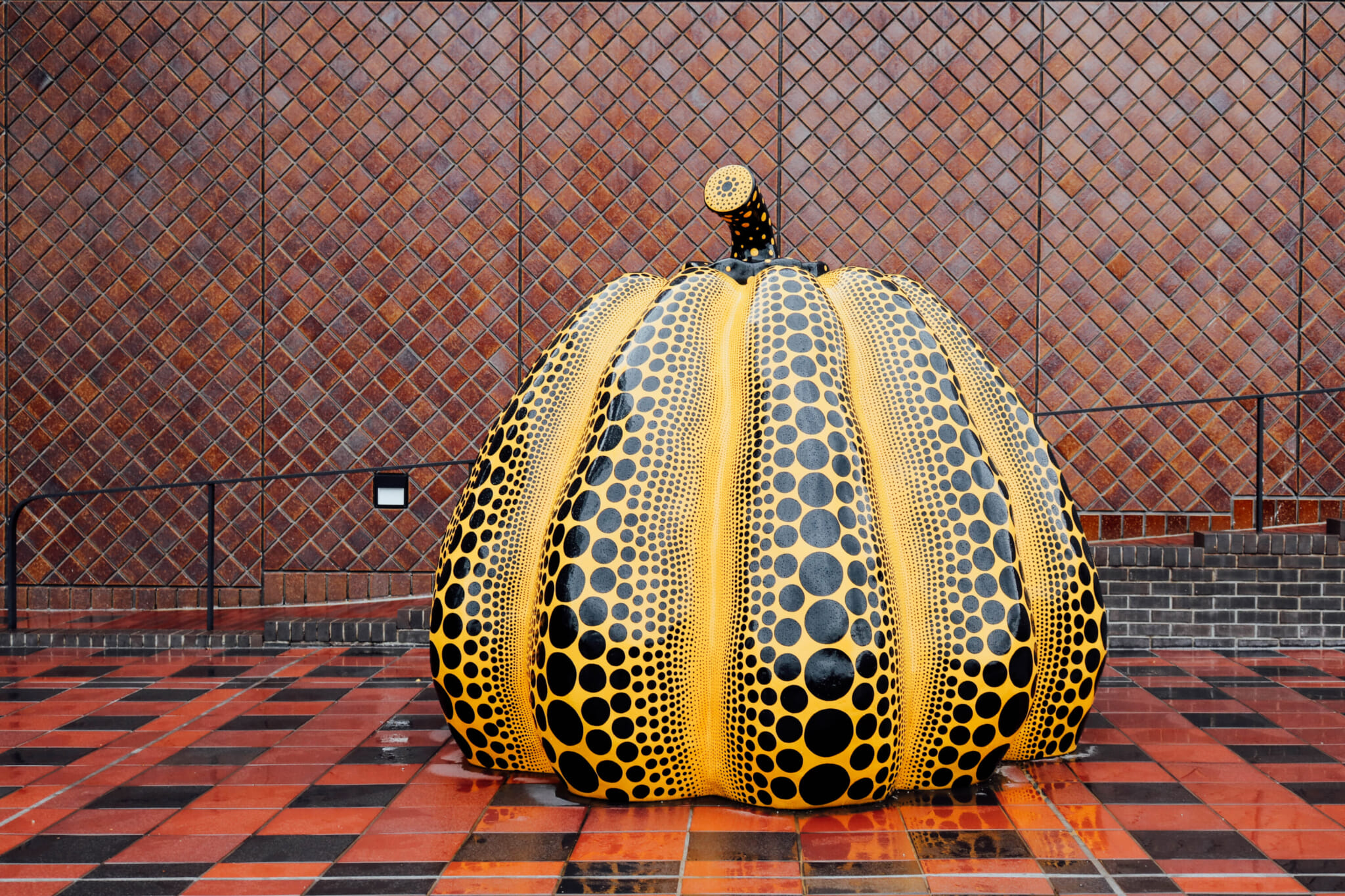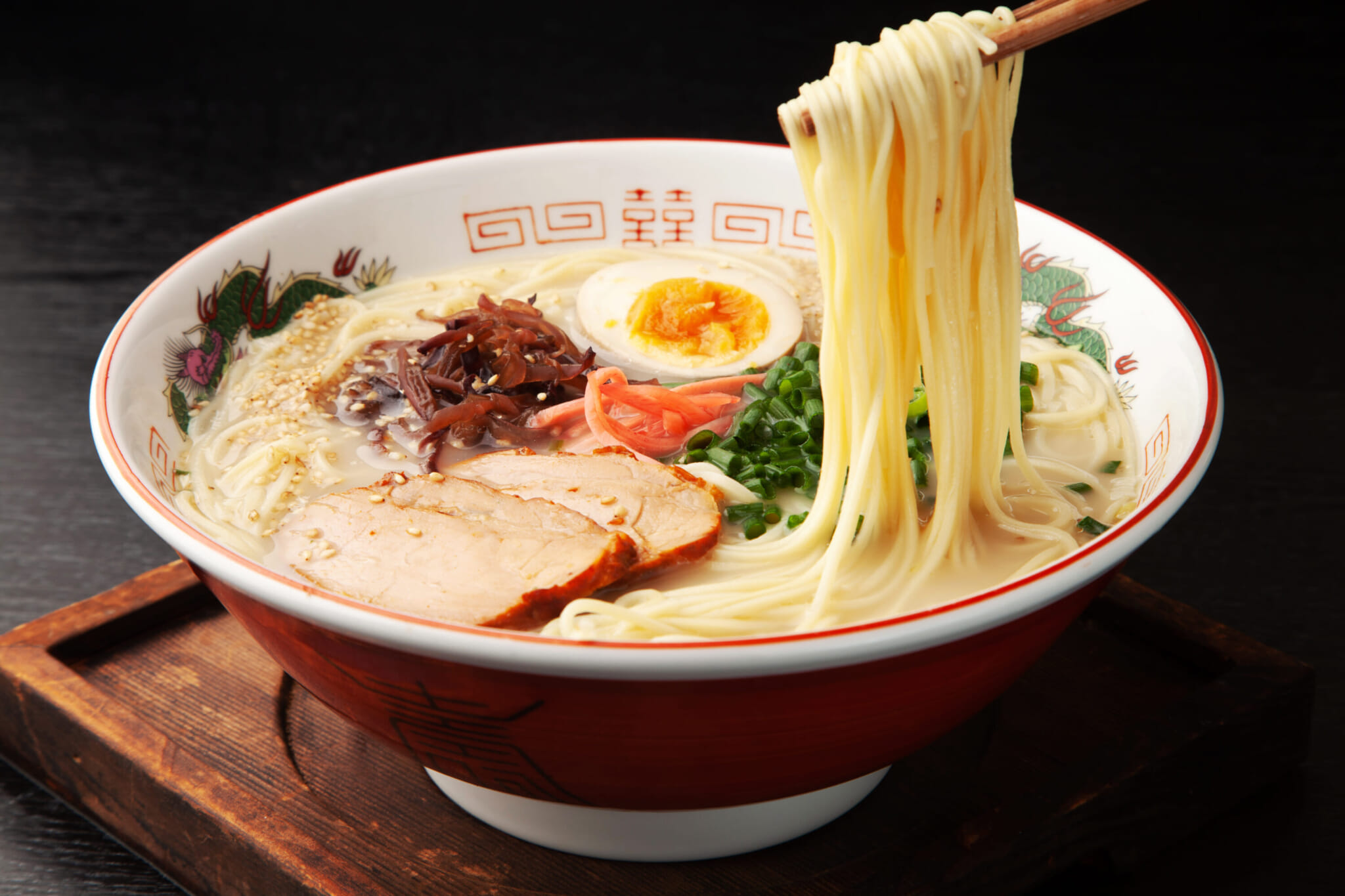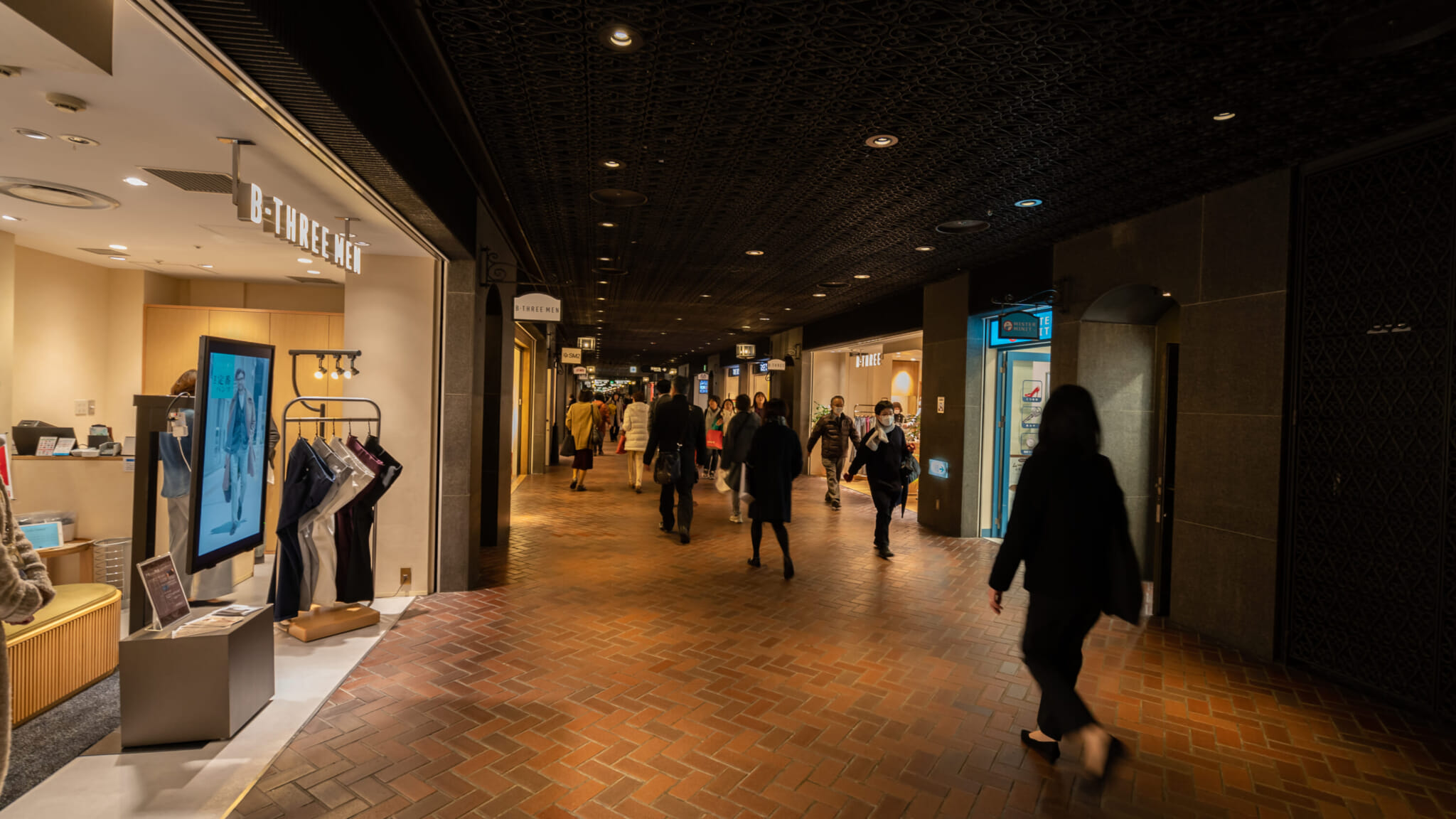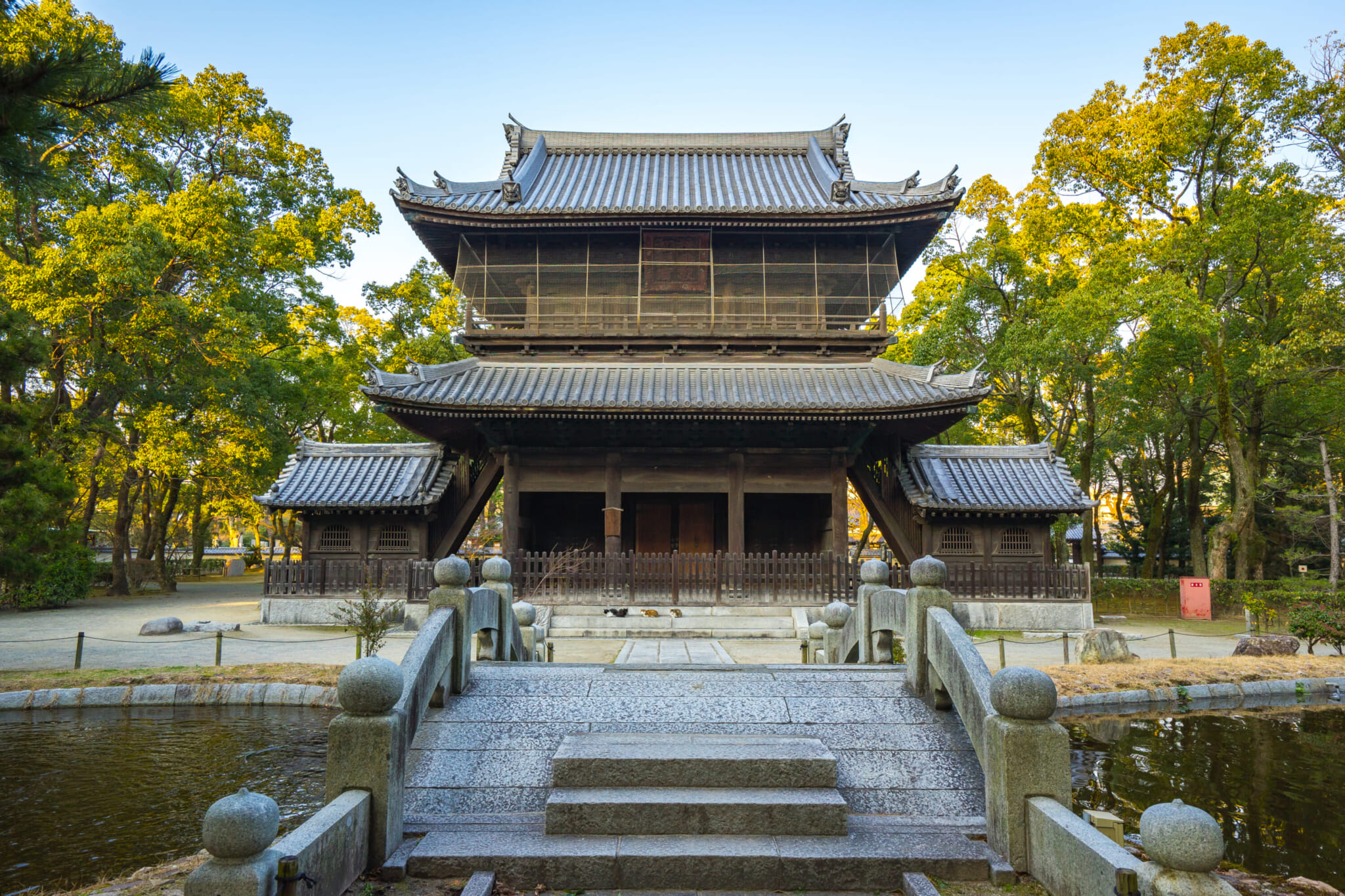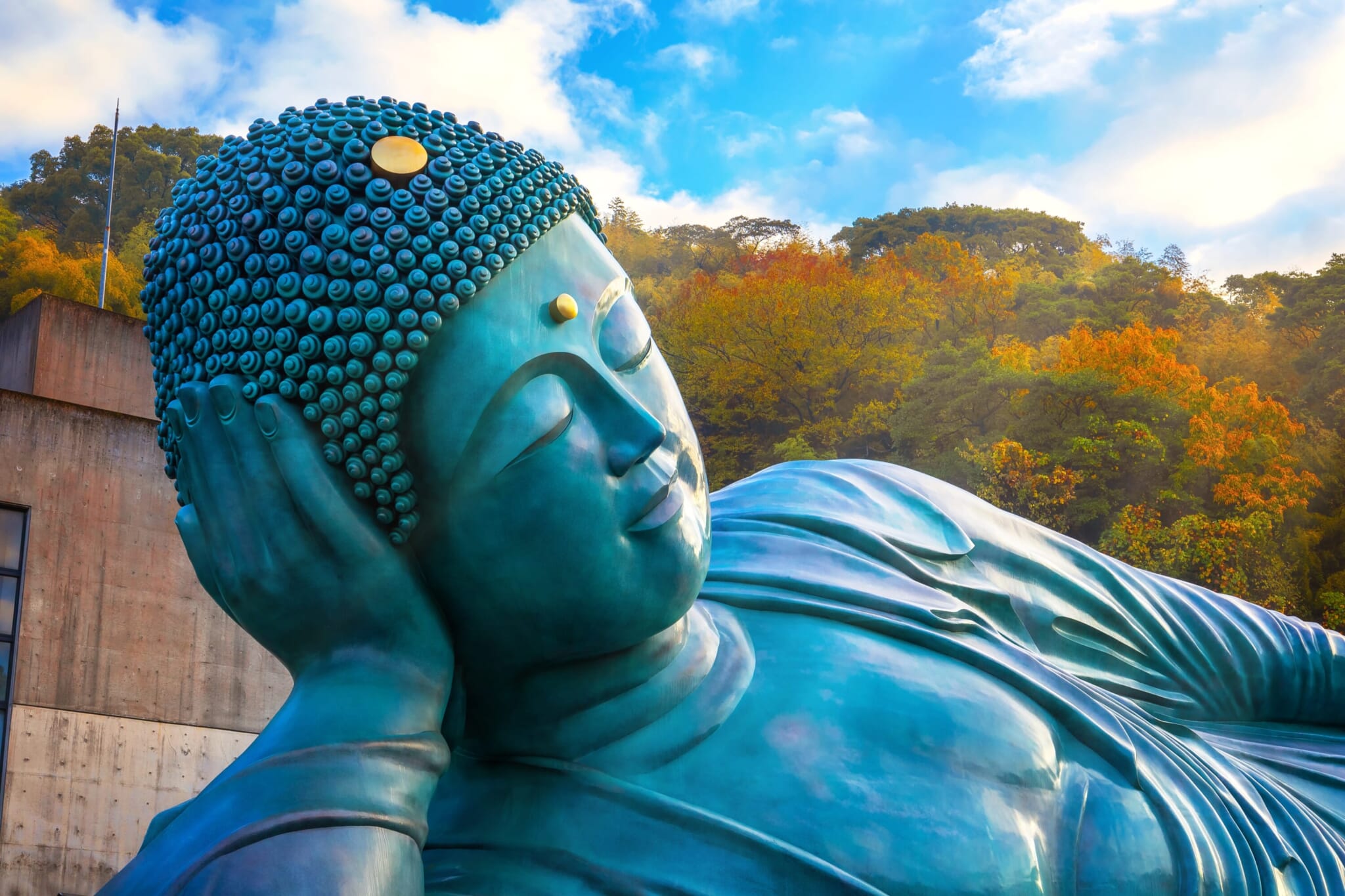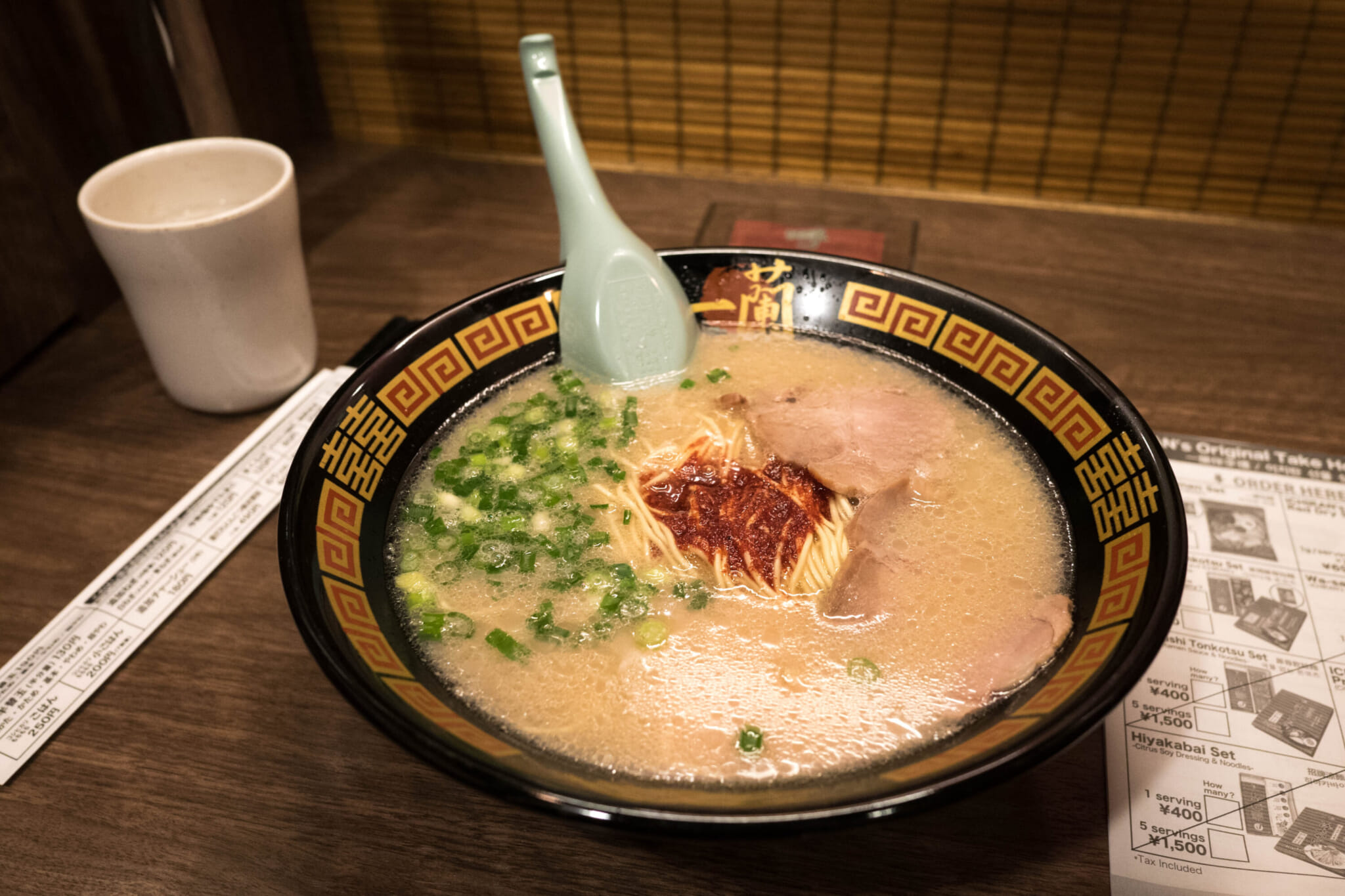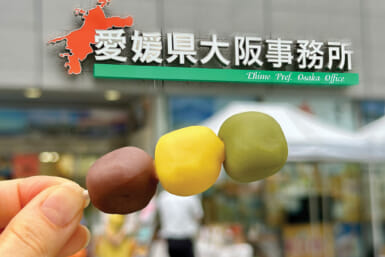Traveling to Fukuoka, many tourists may feel overwhelmed by the stunning range of choices in regard to tastes and vistas. However, as there is a lot to see outside the capital, it may be best to take in the wonders of Japan’s fifth-largest city and then head out to enjoy the balm of rural comforts.
Day 1: Art and Local Staples
Being Japan’s second-largest port city after Yokohama, Fukuoka welcomed 20 million tourists per annum before the pandemic, mostly from neighboring Asian nations. And this city offers much to draw its visitors, particularly in terms of museums. Fukuoka Art Museum in Ohori Park showcases world-class masterworks, including pieces by Salvador Dali, Roy Lichtenstein and Mark Rothko. For traditional art, head to the Mongolian Invasion Historical Museum. This institution houses both Japanese and Mongolian armor dating back to the 13th century, in addition to paintings of historical subjects.
Working up an appetite from imbibing all that culture, treat yourself to some Hakata ramen, a key point of local cuisine, or mentaiko, for which Fukuoka City is well-known. From the Mongolian Invasion Historical Museum, hop on the number 29 bus or take a 10-minute train ride to the Hakata branch of ShinShin Hakata Ramen, perhaps the highest-rated eatery for pork-bone broth ramen. For those preferring seafood, catch the 77 bus and treat yourself to some mentaiko dishes at Ganso Hakata Mentaiju. Ranking at the apex of its genre in Fukuoka, the pictures you can glean online will only deepen your appetite.
Batteries recharged, head underground to chill out. Tenjin Underground Shopping Center, or Tenchika for short, received an average rating of four out of five stars and about 2,010 reviews on Trip Advisor alone. Stretching out 590 meters below Fukuoka’s main drag, there are 12 avenues inside with 150 shops and restaurants. The flooring is assembled from 19th-century-style tile work, and the ceilings hang adorned with ornate dark-wrought metal and glass.
Day 2: Temple Hopping
Millions of people around the world speak of “being zen,” but how many among them know what it means? Luckily, the answer awaits in Fukuoka, more specifically at Shofukuji, Japan’s first Zen temple. Founded in 1195 by the priest Eisai, who introduced the Rinzai sect of Buddhism to Japan, the premises bask in mystery. The temple’s buildings remain closed to tourists and must be viewed from outside, but nonetheless, it is well worth stopping by. The Butsuden (main hall) holds a small wooden statue of the historical Buddha, flanked by giant golden statues of others on either side, setting a tone of serenity to which monks aspire.
While getting your Buddha on, head out to Nanzoin Temple, a 30-minute train ride from Fukuoka’s city center. Home to the largest bronze Buddha statue in the world, its reclining idol measures 41 meters long. The fastest route to the site is the JR Sasaguri Line, running from Hakata Station to Kido-Nanzoin-mae Station. It is then a three-minute walk to the temple.
In between the two temples, indulge in more Hakata ramen at Ichiran. Fukuoka is the proud birthplace of this popular ramen chain. From Hakata Station, take the Nanakuma Line to Hashimoto and get off at Tenjin-Minami Station. From there, catch the 61 bus which ferries you to Takasago 2-Chome. After getting off, walk about four minutes to Ichiran’s first location, the Nanokawa branch.
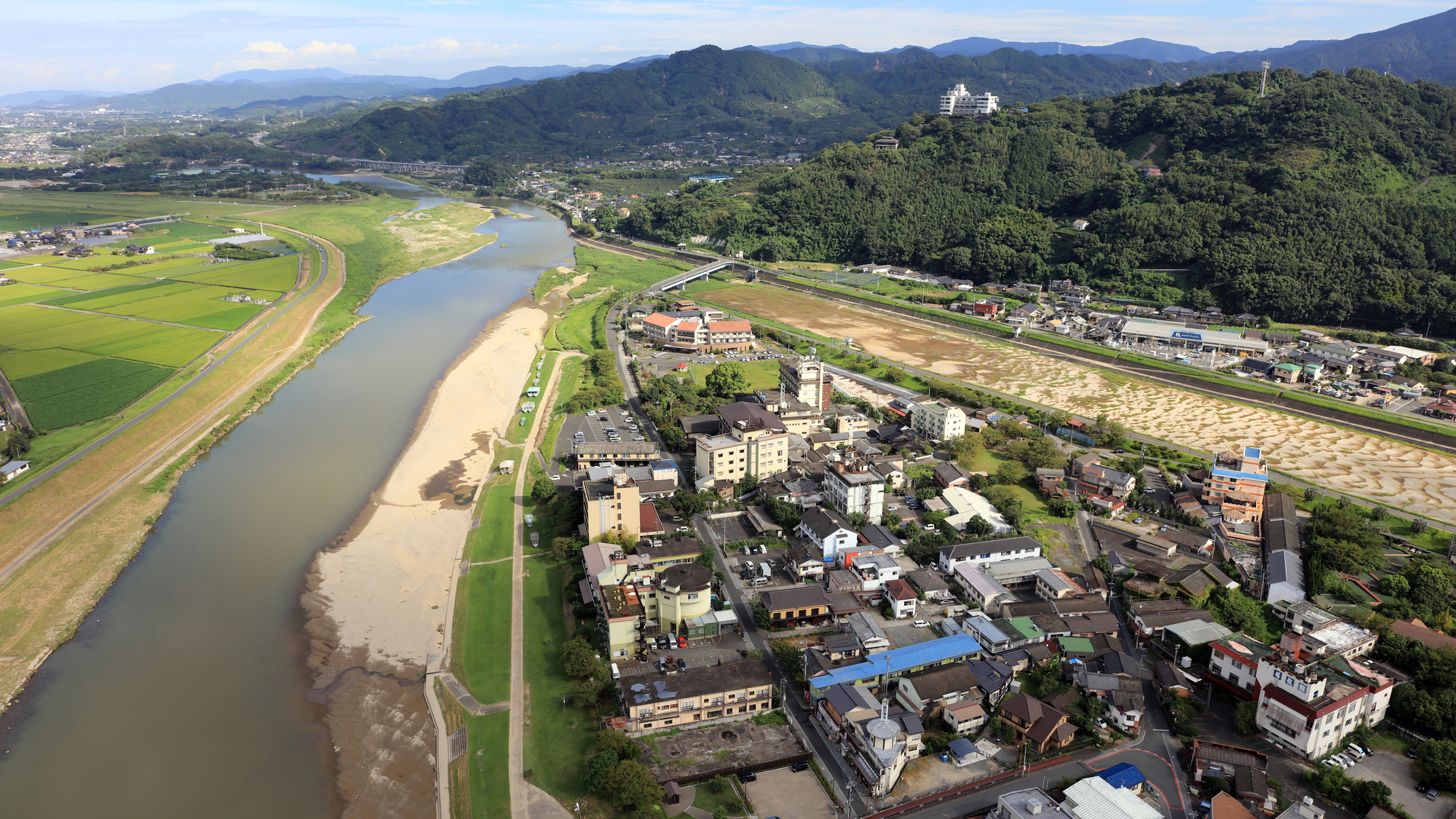
Harazuru Onsen
Day 3: Take a Trip to Harazuru Onsen
On day three, rest your feet and, while you’re at it, your body and soul as well. Onsen shine as Japanese cure-alls and, in Harazuru Onsen — on the border of Fukuoka and Oita prefectures — Taisenkaku boasts the prefecture’s largest hot-spring area. Greenery surrounds its “Jungle Bath,” and “Kappa no Yu” sits half outdoors. Local flowers flank the rotenburo (outdoor bath) “Keiryu no Yu.” It’s the perfect site for those wishing to soak in different settings. Taisenkaku offers day trip plans, including lunch, that can be booked in advance. Check the accommodation website for more details (Japanese only).
From Hakata Station, board the Airport Shuttle Bus Hita Eigyosho, and get off at Haki. Walk around a minute to your transfer bus, the 41, bound for Harazuru Onsen. Then, get off at its namesake, and walk four minutes to Taisenkaku. The one-way journey will cost you only ¥1,470 and takes about one and a half hours.
Should you be using the capital as your travel hub, drop by the stunning Canal City before leaving town. The awesome edifice houses 250 shops of every stripe. It may just house the perfect Fukuoka souvenirs for family members and loved ones.
More Japan Travel Guides
Planning a trip to other areas of Japan? Check out our other travel guides:

